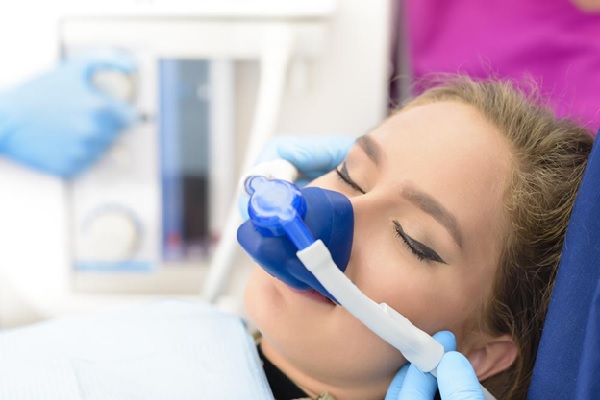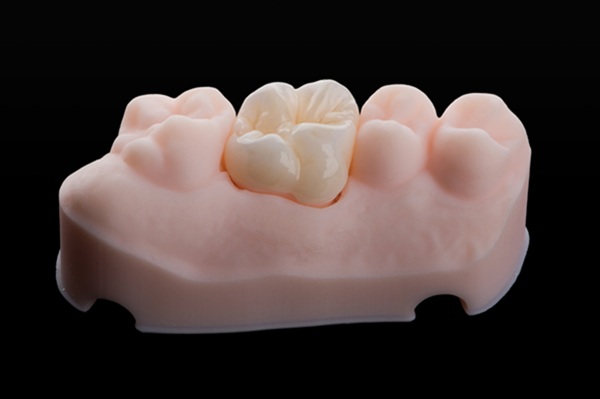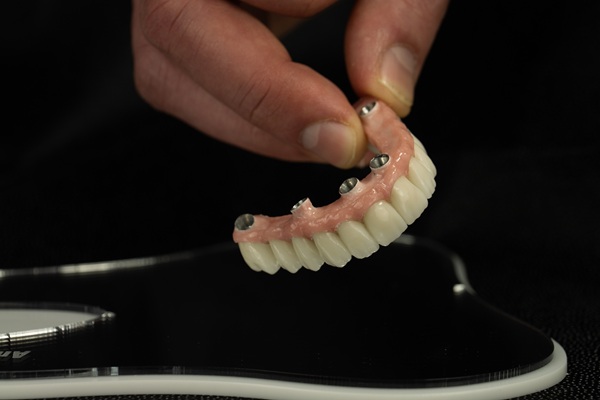Sedation Dentist Debunks Sedation Dentistry Myths

Lions, tigers, dentists, oh my! If you’re dreading your next trip to the dentist’s office, you’re not alone. Dentophobia (fear of dentists) is a prevalent problem among people of all ages. Some dentists offer sedation dentistry to ease anxiety and worry while patients are in their chairs to combat this issue. Sedation dentist Dr. Payam K. Asadi demystifies five popular pretenses about sedation dentistry in this blog.
1. A sedation dentist can only knock patients out.
Some people believe that sedation dentists don’t allow patients to control their bodies. However, there are different levels of sedation that would enable a wide range of consciousness:
Nitrous Oxide
Also known as “laughing gas,” this colorless, odorless, and somewhat sweet-tasting gas is inhaled for mild sedation and increased relaxation. With this type of sedation, patients can control their bodies, but patients sometimes report a sense of floating or lightness.
Conscious IV Sedation
With conscious intravenous (IV) sedation, a dentist directly injects a sedative into the bloodstream. Generally speaking, patients under conscious IV sedation feel moderate sedation but can communicate with the dentist and respond to directions.
General Anesthesia
Commonly known as “sleep dentistry,” general anesthesia requires total sedation and is ideal for patients experiencing oral surgery or with extreme dental anxiety or phobia. People are utterly asleep throughout treatment with this technique and often experience amnesia.
2. Sedation dentistry requires needles.
As previously stated, sedation dentistry comes in many forms. Dentists administer nitrous oxide through masks, and patients inhale the gas through the nose. No needles required!
3. Laughing gas will give you the giggles.
Speaking of laughing gas, nitrous oxide gets its nickname from the side effects of inhaling it in a more concentrated form: a mild sense of euphoria and sometimes laughter. However, modern sedation dentists dilute nitrous oxide with at least 30% oxygen to avoid oversedation and anesthesia.
Contrary to its name, laughing gas does not necessarily make patients laugh. In reality, nitrous oxide slows down the nervous system and relaxes people into a calm, comfortable state during the dental procedure.
4. Sedation isn’t safe.
In addition to general education and residency requirements, sedation dentists must undergo advanced training to administer sedatives safely and ethically. Everyone responds differently to sedation and requires different doses. Before administering sedatives, sedation dentists consider medical history, age, and weight. Despite the tailored approach and variances in dosing, complications are rare. If anesthesia complications arise, the majority of complications are considered mild.
5. Sedation is only an option for people with dental anxiety or phobia.
Most healthy people who need dental work make great candidates for sedation dentistry. However, dental sedation is not an option for everyone. Specifically, sedation dentists may advise against sedating patients who:
- Are taking medications that could potentially have adverse effects when mixed with sedatives
- Are allergic to particular medicines (such as benzodiazepines)
- Suffer from respiratory conditions (for instance, chronic bronchitis)
- Suffer from breathing issues (by way of illustration, contracting a cold and getting a stuffy nose)
- Are pregnant
Speak with a Sedation Dentist in Tucson, AZ
In the end, every patient’s case is one-of-a-kind. After considering many factors, your sedation dentist can help you decide which type of sedation is most suitable for your treatment.
Before starting treatment, Dr. Asadi clearly communicates with his patients and educates them about their dental sedation options. Schedule your next dental appointment at Advanced Family Dentistry by calling (520) 353-3002 or booking an appointment online.


